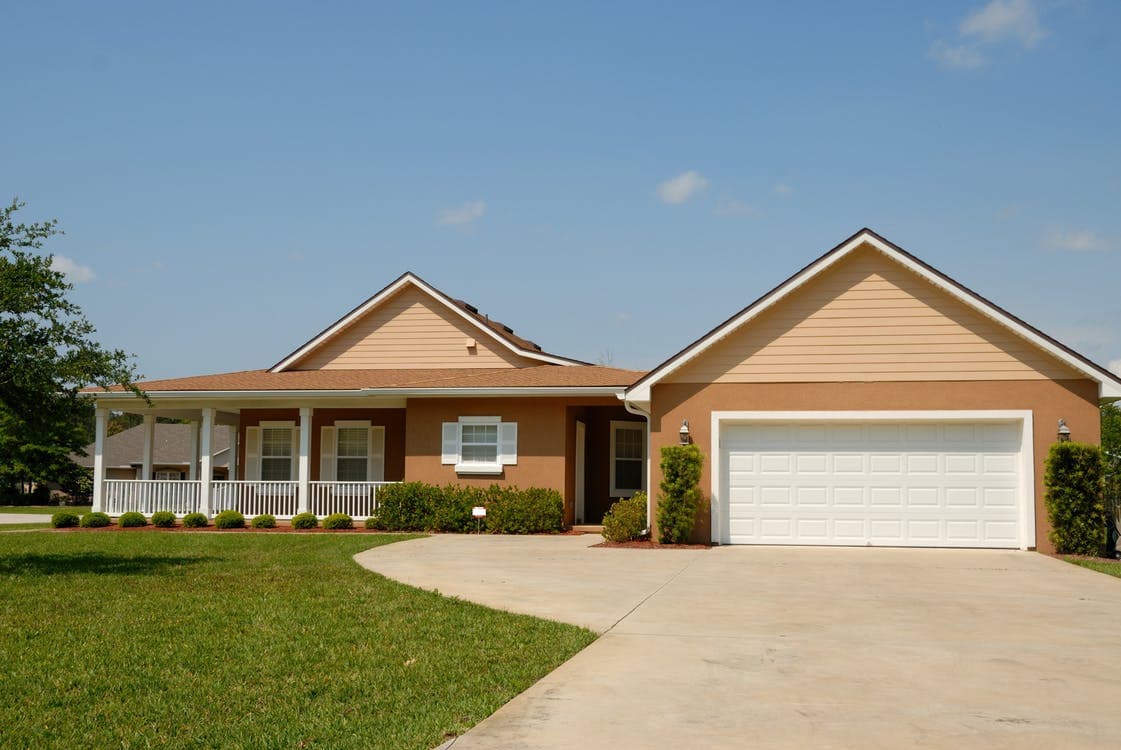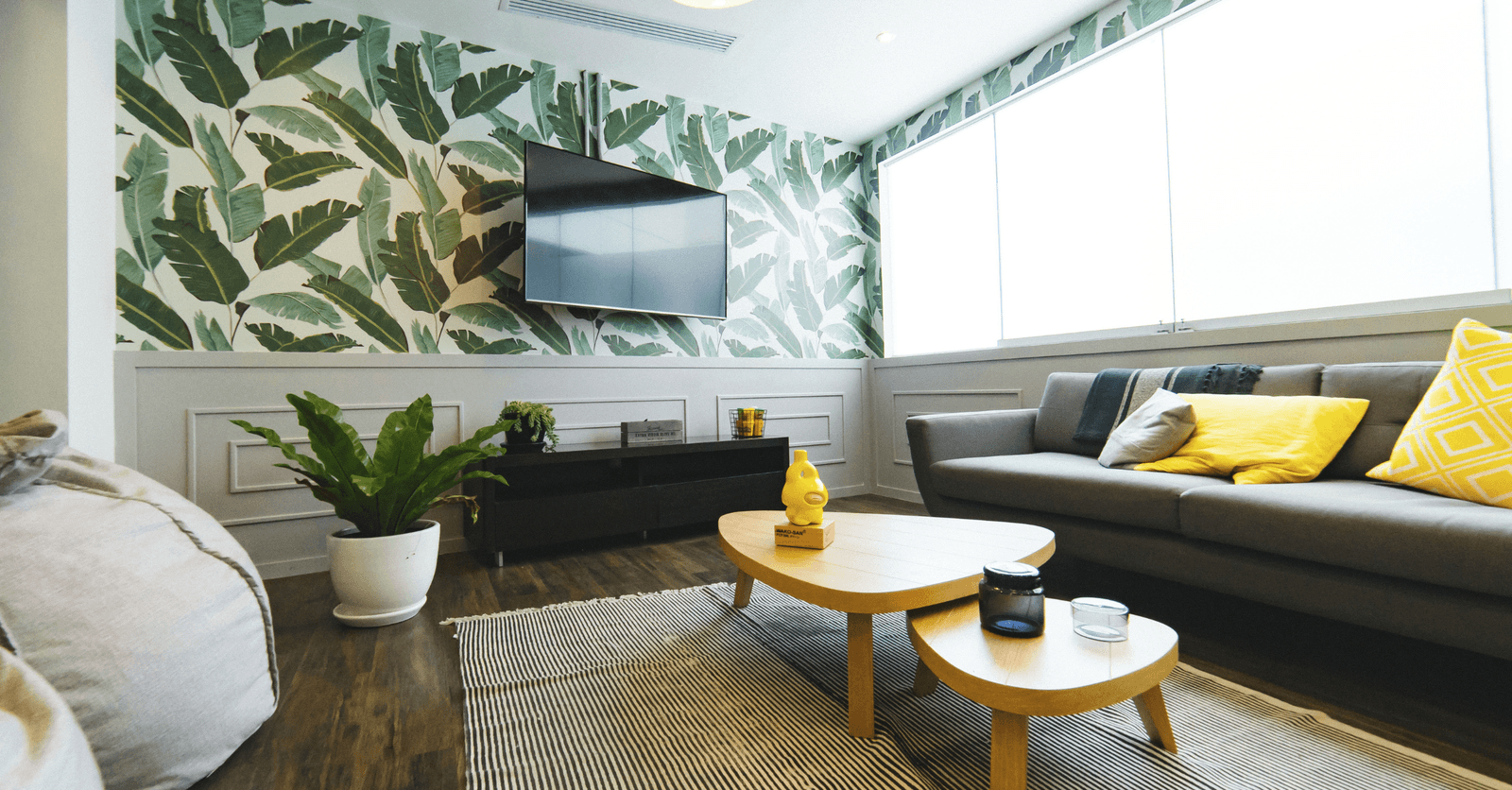What is the difference between a patio, balcony and veranda?
By Editorial Team
Updated on December 2, 2024

When it comes to spending time outside, you’re likely hoping for things to be cool, cosy and comfortable while also remaining functional. Especially during those warmer months as our outdoor spaces gain importance, creating a specific spot for recreational activities as well as relaxation has become a priority. Structures designed to optimize outdoor space generally come in the form of a patio, balcony or veranda. You might think these are all the same, but in the world of renovations, there are some distinctions between them.
If you’re looking to expand the perimeters of your outdoor space and were wondering the difference between these structures, then look no further. We’re here to offer a detailed rundown of the distinctions between them!
The differences between a patio, balcony and veranda
Everything you need to know about a patio

Source: Canva
A patio is a staple of many backyards, less often found on the front of the home. Patios take their name from a Spanish synonym for backyard (or back garden). This structure can be either directly beside and attached to the home or alternatively detached and free standing.
More often than not, patios are uncovered and open air but depending on your individual needs, you could easily install an overhead roof to block out some of the sun or add an element of privacy. Patios are constructed on the ground and if you should be so lucky, they can be found in line with a swimming pool.
Depending on your backyard, your patio can be constructed out of various materials including paver stones, bricks, tiles, concrete and so forth. Of course, we’re discussing outdoor construction and thus, make sure all the materials you choose are safe for projects outside.
Most patios are used for socializing, dining and recreation. Many are donned with a BBQ, table and chairs as well as counter space for food prep. If you don’t have the means to build an outdoor kitchen and are hoping to use it for recreational needs, try to place your patio adjacent or close to your indoor kitchen. Especially true if the prime reason you’re building one is for entertaining.
One of the benefits of this renovation project is that it rarely requires you to apply for a permit. This is because patios are set on ground level, and thus won’t need to meet regulations and codes. Of course, before starting any renovation project, it’s important to check with municipal and city codes to make sure that you don’t need anything.
Although a patio is the easiest to install on our list, it still requires a fair amount of upkeep and maintenance. Especially working with materials such as brick and tile, it’s likely you’ll be required to change one every now and again whether that means polishing, replacing or cleaning them.
Again, your patio construction will be dependent on your individual needs. Do bear in mind that a flat roof patio can help to diminish excess water and this is a classic patio setup. When it comes to a more modern structure, try a curved roof made out of materials like aluminium.
Everything you need to know about the balcony

Source: Canva
With the rapid rise of condo living, by now it’s likely you’ve come across a balcony before. This structure can best be described as an outdoor extension of a floor of a building, usually projecting outwards and enclosed by walls on all sides. Balconies range in size and shape, but most average around a one-meter enclosure.
Balconies originated in the era of medieval and renaissance architecture. In those times, the structures would be suspended on stone corbels or oversized wood brackets. However, in the 19th-century solid concrete and cast iron came into play and took over as the primary building materials. Currently, balconies can be constructed out of almost any sturdy building material made to withstand the outdoor elements.
In terms of their size in comparison to other outdoor structures in this article, balconies are small. They are used as a way to add visual space to indoor structures while also offering a source of ventilation, natural light as well as access to the outdoors. They are especially common for apartments, serving in place of backyard access. If you’re working with a larger balcony, this space is perfect for entertaining and socializing with the addition of a few chairs and maybe even a small table.
Even a smaller balcony can be donned with plants, a folding chair or even some decorative astroturf to mimic the feeling of being closer to the ground.
Everything you need to know about the veranda

Source: Canva
Now, we could argue that verandas are a combination of a patio and a balcony. This is because the veranda seems to mimic the look of a ground floor balcony, only much larger. In the majority of cases, a veranda winds around the perimeter of the home and offers access to the front and back entrances. The size, shape and specifics of a veranda will depend on your specific needs. Some verandas will remain open while others can be donned with a railing.
Most verandas have a roof overhead and thus, this space has been used for entertaining and outdoor activities. Although a veranda is fairly standard, there are a few different types that can work directly with your home to offer an additional aesthetic appeal.
Curved verandas are also referred to as the bullnose veranda, which is a contemporary style veranda that can be attached to the home or free standing. These verandas have a smooth curve, usually alongside a convex canopy.
Gable verandas come with a classical pitched roof, usually in line with the roof of your home. Some homeowners choose to use glass as a roofing material to give off the impression of a sunroom. There are plenty of other materials you can use in place, including aluminium, sheet metal and wood. If you'd like to learn more about sunrooms, check out our article.
Flat verandas, on the other hand, are the most versatile option when it comes to overhead roofing. These can be constructed around almost any home and made into almost any size. This is an option for homes with more modern structures.
Gazebo verandas are standalone structures that can be used as an aside to the traditional wrap around veranda or otherwise. Gazebos generally have a vaulted roof which incorporates clear sections to allow sunlight to pour through. This style will mainly complement those who have an exceptionally large yard.
Looking for something else?
Related articles
The latest industry news, interviews, technologies, and resources.

Editorial Team
•07 Nov 2023
It can’t be denied that having a pool, whirlpool or spa in your backyard is a serious luxury. Relaxing next to and cooling off by a beautiful piece of water is what every homeowner dreams of, but of course, installing one of these options is easier said than done.

Editorial Team
•07 Nov 2023
Much more spacious than the shed, the garage is a privileged place to store an impressive quantity of goods, while ensuring your family vehicle safe storage.

Editorial Team
•16 Jun 2025
Are you looking to learn more about the different types of interior wall covering materials? There are so many different options available that one can easily feel lost when faced with the idea of choosing one over another. In order to help you find the material that best suits your needs and taste, here is an overview :

Editorial Team
•07 Nov 2023
A cottage is a luxury, and thus, owning one is something that should be taken seriously. Though it’s usually best to wait for the warmer months to take on your cottage renovation project, spring and summer are just around the corner! Everyone chooses to renovate their cottages for different reasons, whether that be cosmetic or structural.

Editorial Team
•07 Nov 2023
If you haven’t heard of a wet room before, we recommend you start paying attention to this growing trend. The wet room is becoming more desirable as a minimalist, one-of-a-kind feature that works to add value to your home.